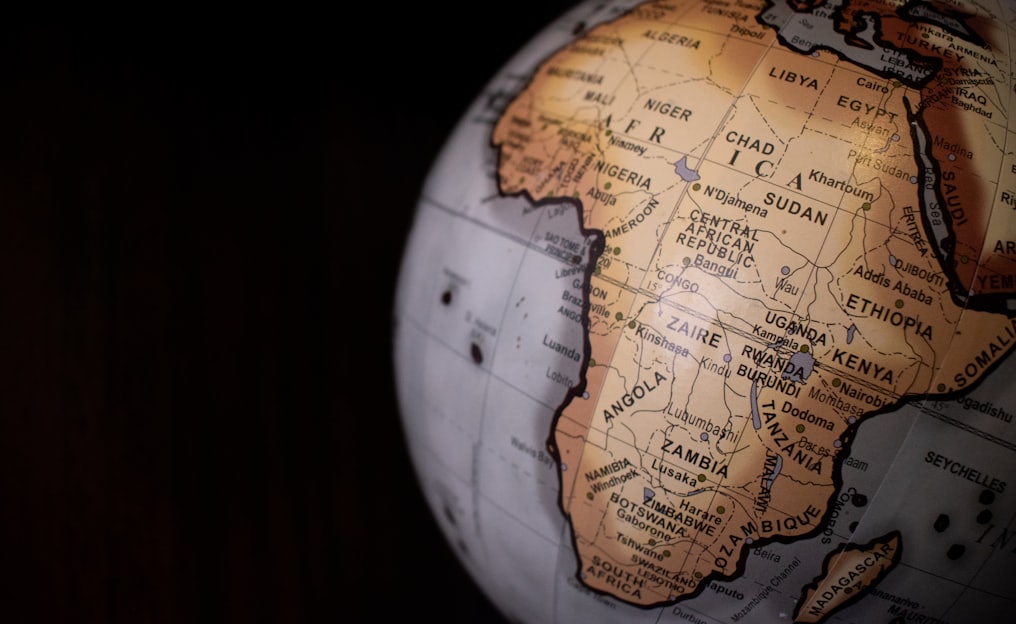A History of the maasai
The Maasai people originated in South Sudan. According to the tribe's own oral history, the Maasai originated north of Lake Turkana (north-west Kenya) in the lower Nile Valley. They began migrating south in the 15th century and arrived in the long trunk of land stretching across central Tanzania and Northern Kenya during the 17th and 18 century. The Maasai territory reached its most dominant size in the 19 century when they covered most of the Great Rift Valley and adjacent lands from Dodoma and Mount Marsabit.
MAASAI


Psychologists say that the best way to understand someone is to understand their story. Where someone comes from and the experiences they go through form a great deal of how they think and their belief systems. What is the story of the Maasai? We’ll discuss that in this small excerpt.
The Maasai people originated in South Sudan. According to the tribe's own oral history, the Maasai originated north of Lake Turkana (north-west Kenya) in the lower Nile Valley. They began migrating south in the 15th century and arrived in the long trunk of land stretching across central Tanzania and Northern Kenya during the 17th and 18 century. The Maasai territory reached its most dominant size in the 19 century when they covered most of the Great Rift Valley and adjacent lands from Dodoma and Mount Marsabit.
They displaced some of the other tribes that had previously settled in the region, while others were assimilated into their culture. Their main activity was raising cattle, but the Maasai have also been known for centuries as fearsome hunters and warriors. They raided cattle far across the east at Tanga Coast in Tanzania using shields and spears, but were most feared for throwing orinka (clubs) which could be expertly thrown from up to 70 paces (approximately 100 meters).
By the mid-19th century Maasai territory was at its largest, extending over pretty much the entirety of modern-day Kenya and half of Tanzania. The period between 1883 and 1902 is the darkest time in Maasai history. It’s known in the Maa language as emutai, meaning to wipe out. The Maasai 'Emutai' was scarred by epidemics of smallpox, contagious bovine pleuropneumonia and rinderpest. The estimated 90 per cent of cattle and half of wild species perished from rinderpest. This drastic period coincided with drought. The rains neglected the lands completely in 1897 and 1898.
Commencing with a 1904 treaty and followed by another treaty in 1911, Maasai lands in Kenya were cut down by 60 percent when the British evicted them to allow space for settler ranches thus confining the Maasai people to present-day Narok and Kajiado districts. Maasai in Tanzania were forced out from their fertile lands between Mount Kilimanjaro and Mount Meru and most of their fertile mountainous regions near the Ngorongoro in the 1940s. More land was claimed to create national parks and wildlife reserves. Masai Mara, Samburu, Ngorongoro, Amboseli, Nairobi National Park, the Serengeti, Lake Nakuru, Manyara and Tarangire.
During recent years, many Maasai people have stirred away from the nomadic life to positions in business, commerce and government roles. Yet despite the modernized urban lifestyle they lead, many Maasai' still happily head homewards clothed in designer brands, only to emerge from the traditional lands wearing their traditionally colourful shuka, cowhide sandals and with a wooden orinka in their hand- at ease with themselves and the world. Theirs is definitely a story of triumph in adversity.
